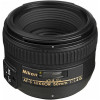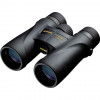Grab Your Camera & Take Some Time To Stop & Smell The Roses
Back to Blog |Flowers have been muses to artists of all kinds from every era. These willing subjects are explored by amateur and professional photographers alike. While the subject matter is usually enough to guarantee a good shot, there are few tips and techniques that can help you elevate your flower photography from satisfactory to sensational.
| @novamano on Instagram |
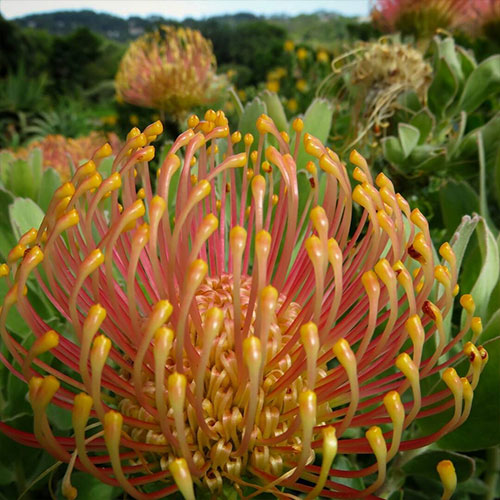 |
| .. #kirstenbosch #kirstenboschbotanicalgardens #capetown #southafrica.. |
1. Don’t underestimate your compact camera.
Many people feel that they need an expensive DSLR camera in order to take artistic and striking flower photography shots. The truth is that, while more expensive tools can make a photographer’s job easier, it is primarily the skill of the photographer that dictates the quality of the shot. Most compact cameras are able to focus a lot closer to the subject than a DSLR (without a macro lens) is able to. Many point and shoot cameras also come with a built-in Macro Mode which will give you a shallow depth of field great for Macro Flower Photography. They’re also a lot more portable and convenient to carry around, making it a lot easier to shoot spontaneously. As the old adage goes, “The best camera is the one you with you”.
2. Don’t be shy to get down and dirty.
A change of perspective can do wonders for your work. Many amateurs shoot flowers from their normal point of view, i.e. from above. Get down on your knees or flat on your back looking up at your subject and you may just discover an angle that provides you with that shot you’ve been looking for. Always try to take in the “whole picture” instead of just shooting a flower from one angle or point of view before moving on. Try to experiment with positioning as well as distance.
| @lynnette_bolton on Instagram |
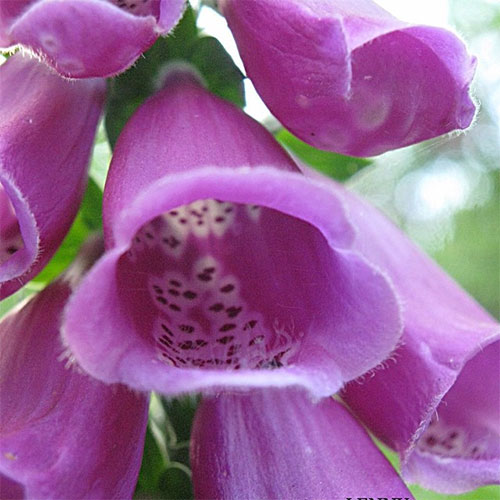 |
| ..#flower #nature #naturelovers #purple #macrophotography #justplayingaround.. |
3. Don’t overlook the damaged, dying or dead flowers
While the quintessential flower is most likely to draw photographers initially, its “less pretty” neighbour might actually make the ideal subject for more interesting and intriguing pictures.
4. Sometimes it’s okay to lose focus.
Isolating your subject can really elevate a flower portrait. Longer lenses are a great tool because they compress planes of focus and are particularly good at keeping the background out focus while the main subject enjoys centre stage. Remember that keeping everything in the shot in focus can result in a rather messy image.
| @novamano on Instagram |
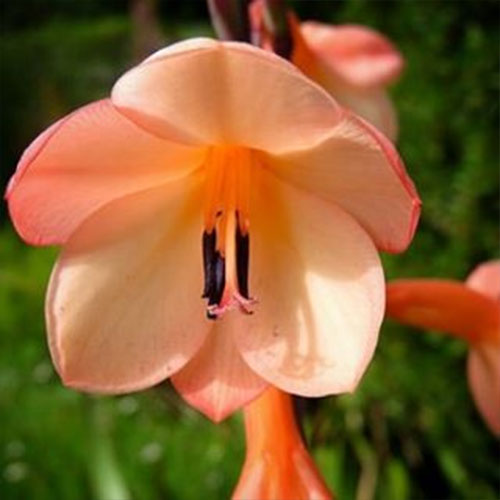 |
| .. #kirstenbosch #kirstenboschbotanicalgardens #capetown #southafrica.. |
5. Light It Up
Of course, in an ideal world, your floral subjects would be naturally lit in just the right way. Always have a backup flash handy just in case lighting is not what you hoped. Fortune favours the prepared and you really don’t want to miss that perfect macro flower photography shot just because you didn’t come prepared. Remember to use a diffuser or bounce your flash off another object as direct automatic mode might wash out the image. Even when natural lighting is good, reflectors can really give you that extra boost and it would definitely be worth your while to experiment with the effects produced by coloured ones.
6. It’s all in the background
Shooting a flower that strongly contrasts its background can result in some really striking imagery. Try all angles when looking for a background that works well to define your subject.
7. Patience really is a virtue.
Many photographers are in such a rush that they simply snap a flower quickly before moving on to the next one, afraid they’ll miss something. The truth is that one flower can deliver a spectacular range of shots if you’re just a little patient. Spend some time observing your subject. Instead of grabbing your camera and immediately snapping away, study the flower and take in the aromas, the colours and your setting. Then try to identify a few possible shots before picking up your camera.
| @janinaseifert87 on Instagram |
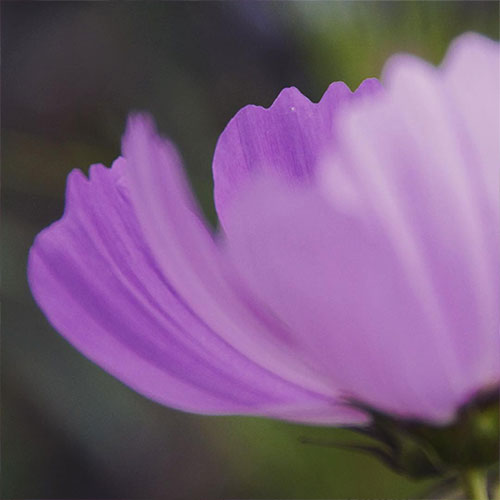 |
| ..#floweroftheday#blüte#Herbst#blumen#flowerstagram.. |
It should be said that while these guidelines and technique tips may be a great place to start experimenting, photography is a creative endeavour. There are no hard and fast rules when it comes to creativity so don’t be afraid to explore and experiment- you might find that your best shots are taken when you throw the “rules” out the window and invite spontaneous creative abandon in through the door.

